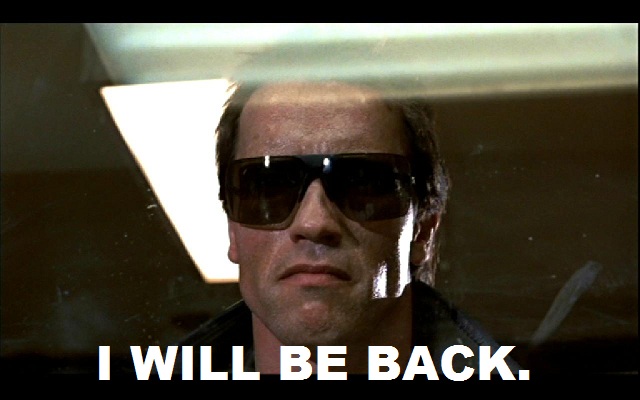Again, the post you included cited NO as the largest slave market in the USA....as a port city, I'm going to figure that it literally means largest slave port. It sounds right, and I was going by that assumption in earlier posts.
Sullivan's Island was used as a quarantine station for African captives before they were disembarked at Charleston, the port of entry for over 40% of the estimated 400,000 slaves transported from Africa to the Britain's North American Colonies, making it the largest slave port in North America. It is estimated that nearly half of all African Americans have ancestors who passed through Sullivan's Island.
Charleston was definitely much larger and Baltimore predates NOLA so it was too

I think the records and logs indicate that the number of Africans brought to 13 colonies/USA was constant throughout the decades. It wasn't until the actual slave trade across the Atlantic was outlawed did the population of AAs increase rapidly through reproduction.
And you're talking less than 1 million slaves brought into America over 250 years of which the vast majority came directly from Africa.
The transportation of Caribbean slaves was not nearly as constant or in number to have the impact to back up your view of migration.
It's a Catholic thing..as opposed to the Protestant system of the United States.
This gets a bit tricky. Kongo was the largest source of slaves next to Senegambia and Catholicism had already taken root in Kongo as well as miscegenation so a lot of slaves coming directly from Africa were already Catholic in faith and mixed race even if they were coming to British or Dutch colonies.
I will look up what you wrote, but I'm not aware of mixed race people having legal rights in the USA. In fact If I recall, the "one drop" rule specifically comes from court ruling which barred a mixed race man from inheritance rights in the USA ......because he was 1/16th African.
This is in the Mid Atlantic:
Berlin writes that Atlantic creoles were among what he called the Charter Generation of slaves in the Chesapeake Colonies, up until the end of the seventeenth century. Through the first 50 years of settlement, lines were fluid between black and white workers; often both worked off passage as indentured servants, and any slaves were less set apart than they were later.[4] The working class lived together, and many white women and black men developed relationships. Many of the new generation of creoles born in the colonies were the children of European indentured servants and bonded or enslaved workers of primarily West African ancestry (some Native Americans were also enslaved, and some Indian slaves were brought to North America from the Caribbean, Central and South America.[5]).
According to the principle of partus sequitur ventrem, incorporated into colonial law in 1662, children born in the colony took the status of the mother; when the mothers were enslaved, the children were born into slavery, regardless of paternity, whether by free Englishmen or enslaved workers. This was a change from English common law, which had asserted that children took the status of the father. Paul Heinegg and other twentieth-century researchers have found that 80% of the free people of color in the Upper South in colonial times were born to white mothers (thus gaining freedom) and African or African-American fathers.[6][7][unreliable source] Some male African slaves were freed in the early years as well, but free mothers were the source of most of the free families of color.
Atlantic Creole - Wikipedia

 ..........
.......... This dude again
This dude again



 ...but yall gone keep on posting his videos I guess
...but yall gone keep on posting his videos I guess 

